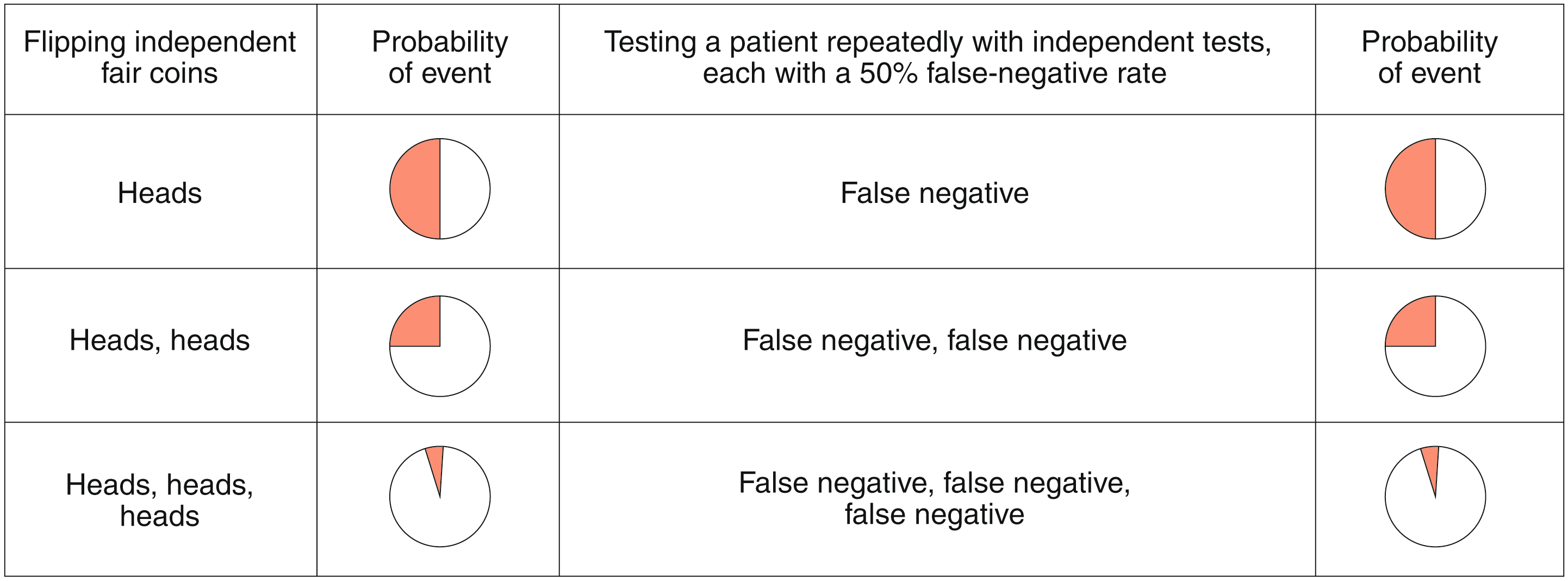
While the hospice industry used to be dominated by nonprofits, there has been a marked increase in for-profit hospices in both urban and rural areas. Some critics say that for profit hospices exploit Medicare policies to generate higher revenues. The majority of hospice care is provided by private home, although some hospice services may also be offered in assisted living or skilled nursing facilities. Some states allow hospice care to be provided in hospitals.
Non-profit hospice
There are two types American hospices: the nonprofit and the for-profit. Non-profit hospices are not subject to taxes. They do not have to pay taxes on Medicare and Medicaid funds that they receive. A for-profit hospice on the other side pays taxes because it's a business that must make a profit. Generally, for-profit hospices are not required to give away patient care funds, but they may choose to use these funds to support other programs and services.
While nonprofit hospices are not required by federal law to accept Medicare, they do have to comply with certain regulations in order to accept the money. They must also be certified and approved by Medicare. Some hospices go above and beyond legal requirements. For-profit hospices, on the other hand may provide only the basics but are not required by law to train their employees.

Hospices for the benefit of others
It is essential to be able to tell the difference between a charitable hospice and one that is for-profit when you choose a hospice. Each has its advantages and disadvantages. Nonprofit hospices have a better track record of providing patient care, while for-profit hospices are less likely. They also have fewer trained staff and have less staff per patient than non-profit hospices.
While hospice is often a good option for those facing the end of life, it can also leave patients feeling let down and dissatisfied. Some hospitals and health systems now offer transitional programs to patients who aren't ready for hospice care. This can create a gap between care and the patient at an extremely critical time.
According to the National Hospice and Palliative Care Association report, the hospice industry has a value of $19Billion and is almost entirely supported by taxpayer money. Family caregivers are often responsible for providing most of the care for loved ones due to the increased demand. Joy Johnston transformed her view of hospice care after she moved her mother's bowels. Many of these patients suffer from constipation, a common problem among terminal patients.
Medicare hospice
Medicare hospice allows beneficiaries to be cared for by a qualified hospice provider. There are some requirements that hospice providers must fulfill. For instance, beneficiaries must meet with their hospice doctors on a regular basis to discuss their care plans. Each 60-day benefit period requires that these meetings be held. The beneficiary can appeal to the hospice provider if they deny hospice care to a patient.

Medicare hospice doesn't cover emergency room or ambulance services. The hospice team will need arrange these services for patients even if they are not directly connected to the patient's terminal disease. In such cases, Part D prescription drug coverage remains in effect. This coverage also includes medications that are used to treat pain or symptoms.
Medicare hospice payments were insignificant relative to Medicare total spending. For instance, in fiscal year 1985, Medicare paid about $10.3 million for hospice care for approximately 4,700 beneficiaries. The Medicare net benefit would still be below 0.01 percent if one multiplied the Medicare hospice care payment by the savings ratio 0.96.
FAQ
How can I become a creative professional in the field of health?
You have many options to become a creative healthcare professional. Some people start off as students. Others begin their careers in other areas such as engineering or business.
Some students choose to focus on a specific topic such as health policy, leadership, management or leadership. Others decide to take an elective course that explores different perspectives on health and health care.
Whatever your pathway, you'll learn about topics related to health and health care through lectures, readings, group discussions, assignments, and projects. There are workshops, conferences, as well as seminars.
After completing the program, you will have the knowledge to help clients, colleagues, patients, and other members of the health care system.
You might even get a doctorate.
What are the health care services?
Patients need to be aware that they have 24/7 access to high-quality healthcare. No matter whether you require an urgent appointment, or a routine exam, we are available to help.
We offer many types of appointments including walk-in surgery, same-day operation, emergency department visits, outpatient procedures and so on. We offer home care visits to those who live far from our clinic. We can also arrange for home care visits if you do not feel at ease in our office.
Our team includes pharmacists, dentists and other professionals committed to excellent patient service. We strive to make every visit as simple and painless for our patients.
What is "health promotion"?
Health promotion is about helping people to live longer and remain healthy. It focuses on preventing sickness rather than treating existing conditions.
It also includes:
-
Right eating
-
You need to get enough sleep
-
exercising regularly
-
Being active and fit
-
Not to smoke
-
managing stress
-
Keep up with vaccinations
-
Avoid alcohol abuse
-
Regular checkups and screenings
-
Understanding how to cope with chronic diseases.
What is the difference?
A doctor can be defined as someone who has completed medical training and is licensed. A physician is a doctor who specializes in a particular area of medicine.
What are the three primary goals of a healthcare system?
The three most important goals of a healthcare system should be to provide care for patients at an affordable cost, improve health outcomes, and reduce costs.
These goals have been incorporated into a framework known as Triple Aim. It's based on the Institute of Healthcare Improvement (IHI) research. IHI published it in 2008.
The idea behind this framework is that if we focus on all three goals together, we can improve each goal without compromising any other goal.
This is because they're not competing against each other. They support one another.
A better access to care can mean fewer deaths due to inability to pay. This helps to lower the overall cost of healthcare.
Improving the quality of care also helps us achieve the first aim - providing care for patients at an acceptable cost. It can also improve outcomes.
How can we improve the quality of our health care system
We can improve health care by ensuring that everyone is provided high-quality medical care, no matter where they are located or what their insurance status.
It is important that we ensure that all children get the necessary vaccines to prevent them from getting diseases such as rubella, measles, and mumps (MMR).
We must continue to work towards reducing the cost of health care while ensuring that it remains accessible for all.
What are the three levels for health care facilities?
The first level is general practice clinics which provide basic medical services for patients who do not require hospital admission. They may also refer patients to other providers if required. This includes general practitioners, nurse practitioners, and midwives.
The second level of care is primary care centers, which provide outpatient services that include emergency care. These include hospitals and walk-in clinics as well as urgent care centers.
The third level is secondary care centers which provide specialist services such as orthopedic surgery, eye surgeries, and neurosurgery.
Statistics
- About 14 percent of Americans have chronic kidney disease. (rasmussen.edu)
- The health share of the Gross domestic product (GDP) is expected to continue its upward trend, reaching 19.9 percent of GDP by 2025. (en.wikipedia.org)
- Price Increases, Aging Push Sector To 20 Percent Of Economy". (en.wikipedia.org)
- Over the first twenty-five years of this transformation, government contributions to healthcare expenditures have dropped from 36% to 15%, with the burden of managing this decrease falling largely on patients. (en.wikipedia.org)
- For instance, Chinese hospital charges tend toward 50% for drugs, another major percentage for equipment, and a small percentage for healthcare professional fees. (en.wikipedia.org)
External Links
How To
How do I find home care services
People who need assistance at home are assisted by home care facilities. Home care facilities are available for elderly and disabled persons, as well as those with chronic diseases such Alzheimer's. The services offered by these facilities include personal hygiene, meal preparation, laundry, cleaning, medication reminders, transportation, etc. They often work in close collaboration with social workers, medical professionals, and rehabilitation specialists.
Referrals from friends, family members or local businesses are the best way to locate a home care provider. Once you identify one or two providers, you can ask them about their qualifications and experience. It is important to find a provider who can work flexible hours in order to fit your schedule. You should also check to see if they provide 24/7 emergency service.
It might be worth asking your doctor/nurse for referrals. If you don’t know where to begin, search online for “home health care” or “nursing home”. You can use websites like Yelp and Angie's List or HealthGrades to compare nursing homes.
For additional information, contact your local Area Agency on Aging/Visiting Nurse Service Association (VNA). These organizations will keep a list of local agencies who specialize in home care.
Many home care agencies charge high rates for their services. This makes it important to find the right agency. In fact, some agencies can charge up to 100% of an individual's monthly income. It is best to avoid this problem by choosing an agency with a high rating from the Better Business Bureau. Get references from past clients.
Some states even require home care agencies to register with the State Department of Social Services. For more information, contact your local government office.
When choosing a home-care agency, there are several things you should keep in mind:
-
Be cautious of companies that require you to pay upfront in order to receive services.
-
Be sure to choose a reliable and established business.
-
Particularly if you pay out-of-pocket, be sure to get proof of insurance.
-
You should ensure that the state licenses any agency you hire.
-
Get a written contract that outlines all costs involved with hiring an agency.
-
Confirm that the agency provides follow-up visits after discharge.
-
Ask for a list with certifications and credentials.
-
Never sign anything without having read it.
-
You should carefully read any fine print.
-
Insure and bond the agency.
-
Ask how long the agency is in operation.
-
Verify that the State Department of Social Welfare has granted the agency a license.
-
Find out if there are complaints against the agency.
-
Contact your local government office that regulates home-care agencies.
-
Check that the answering service is certified to answer questions regarding home care.
-
Talk to your accountant or attorney about the tax implications for home care.
-
Always request at least three bids from each agency that you contact for home care.
-
Choose the lowest bid, but do not settle for less than $30 per hour.
-
Be aware that you may be required to pay for more than one visit to a local home care agency each day.
-
It is important to carefully read contracts before you sign them.